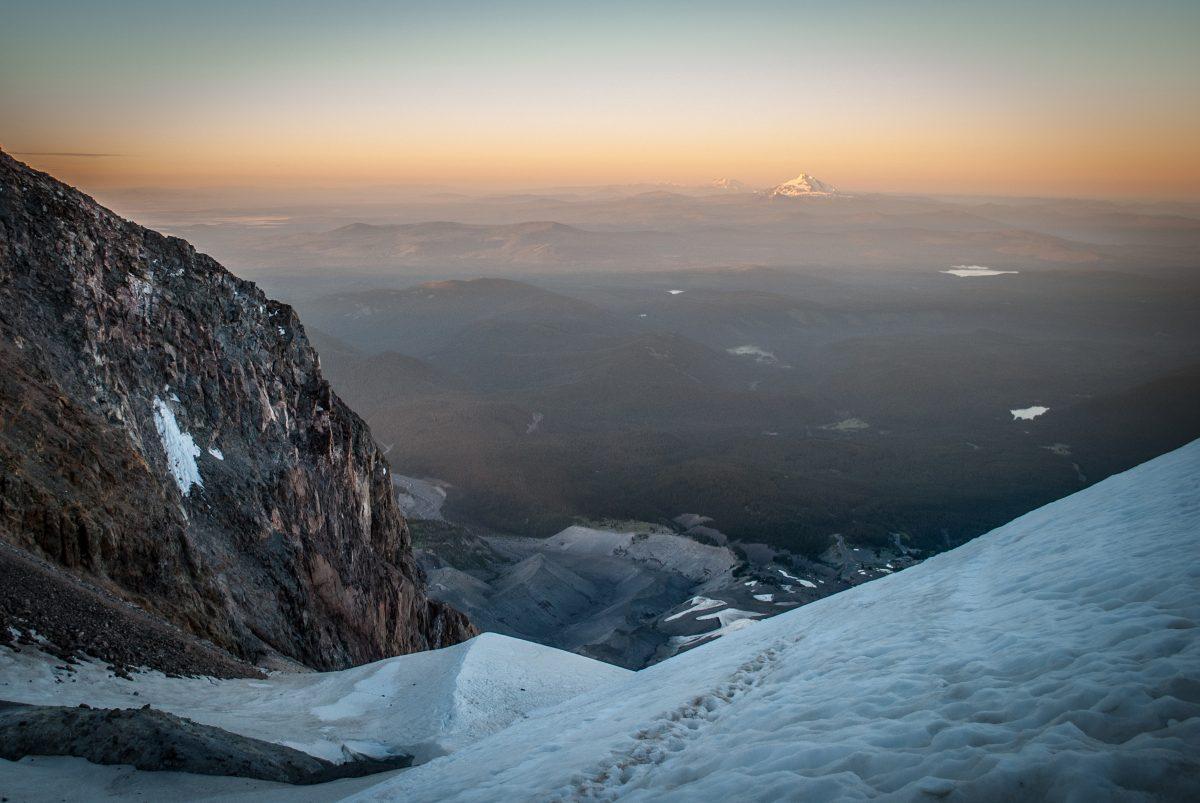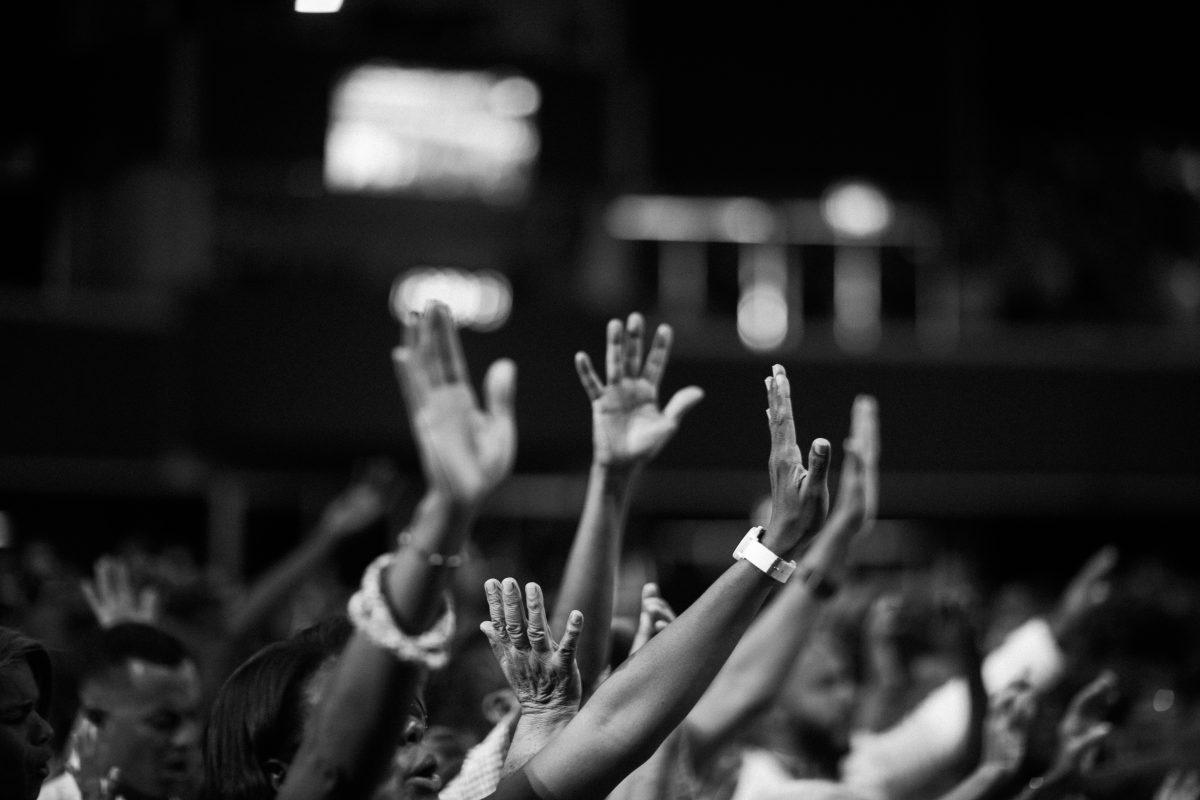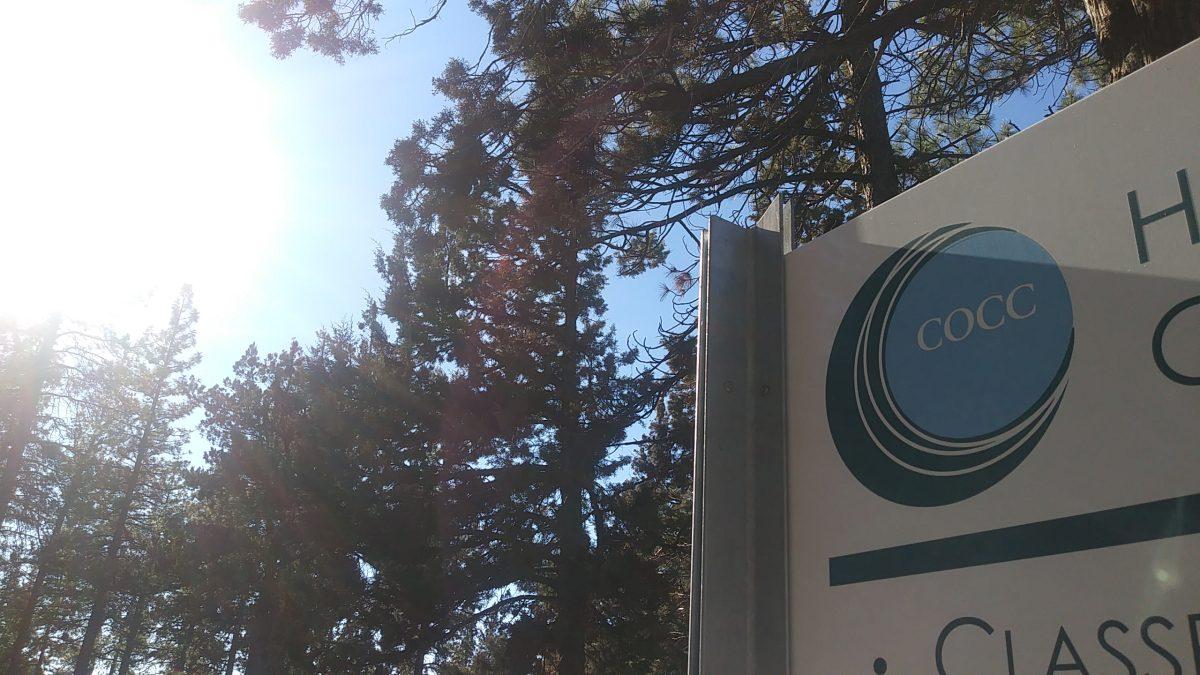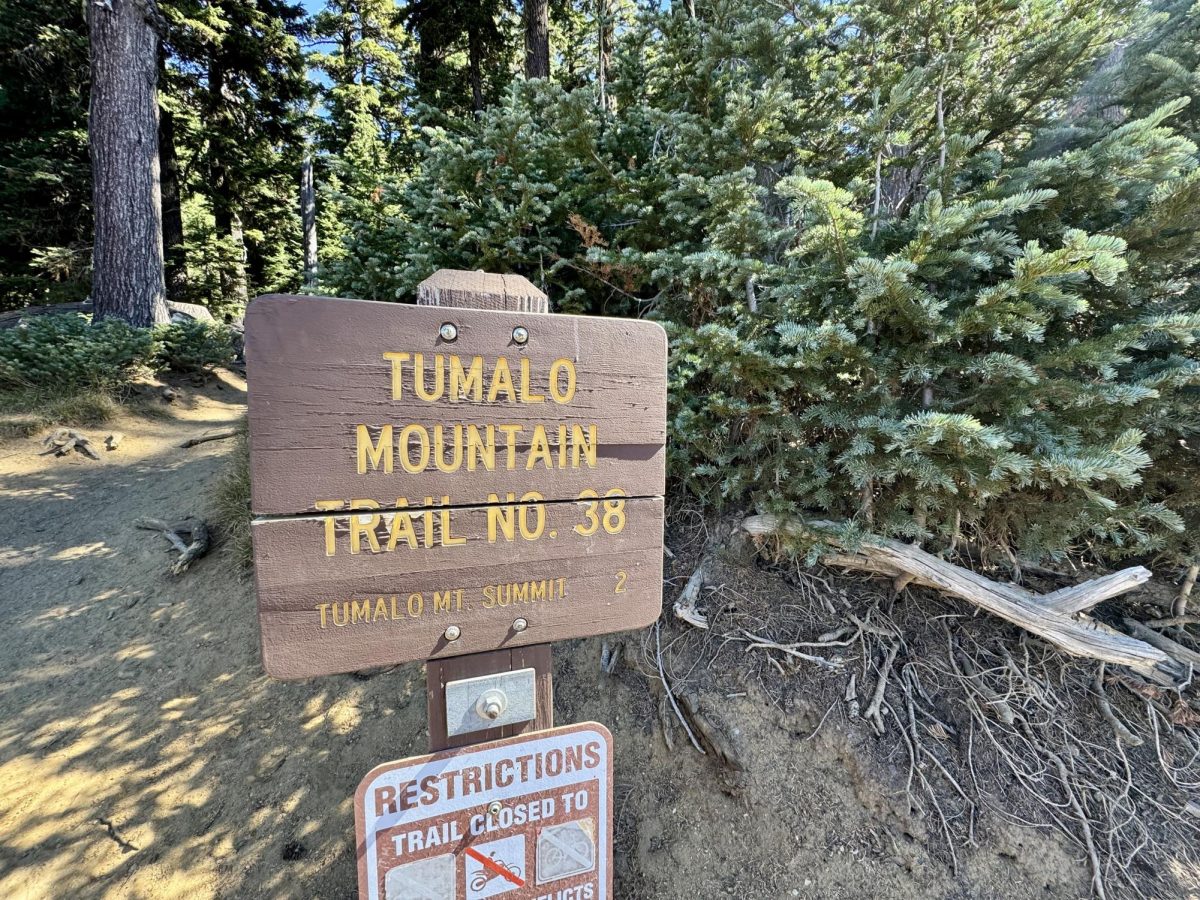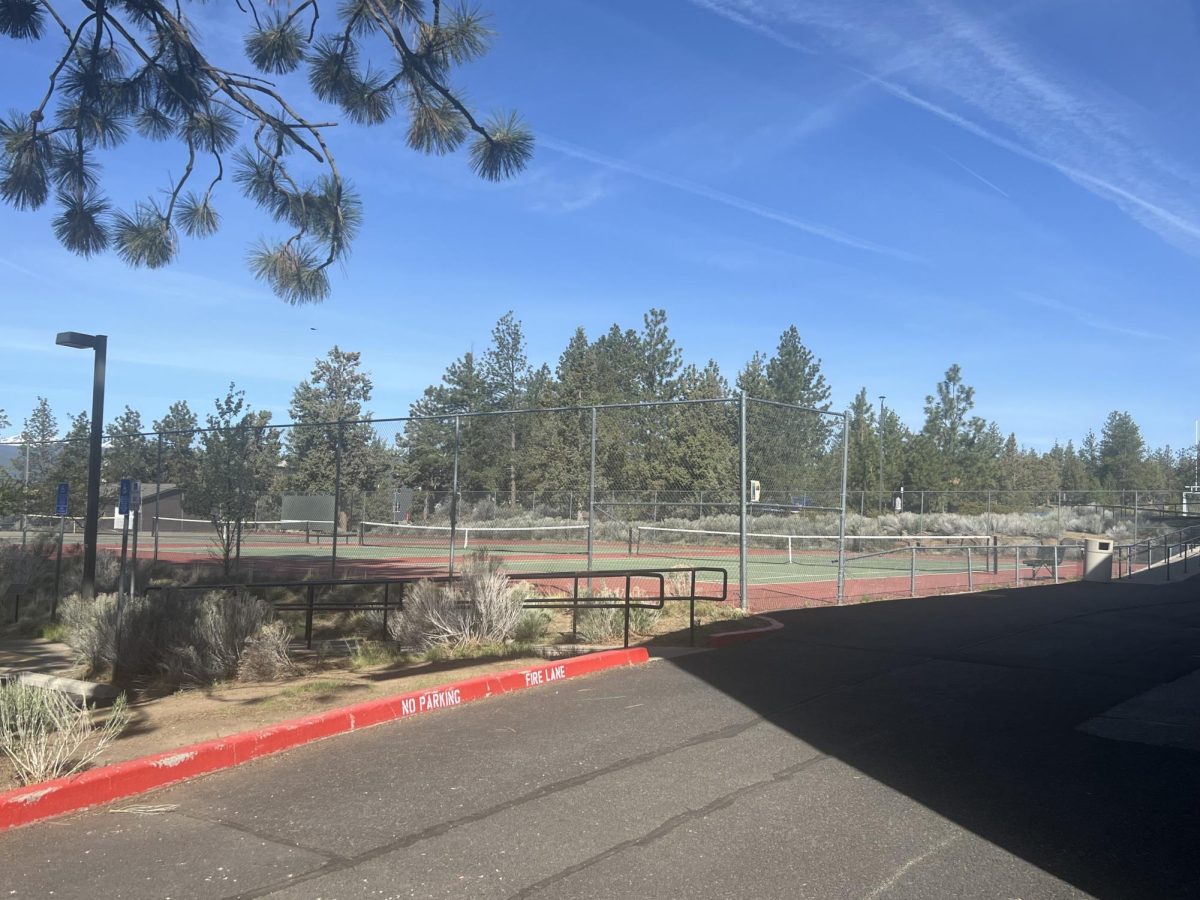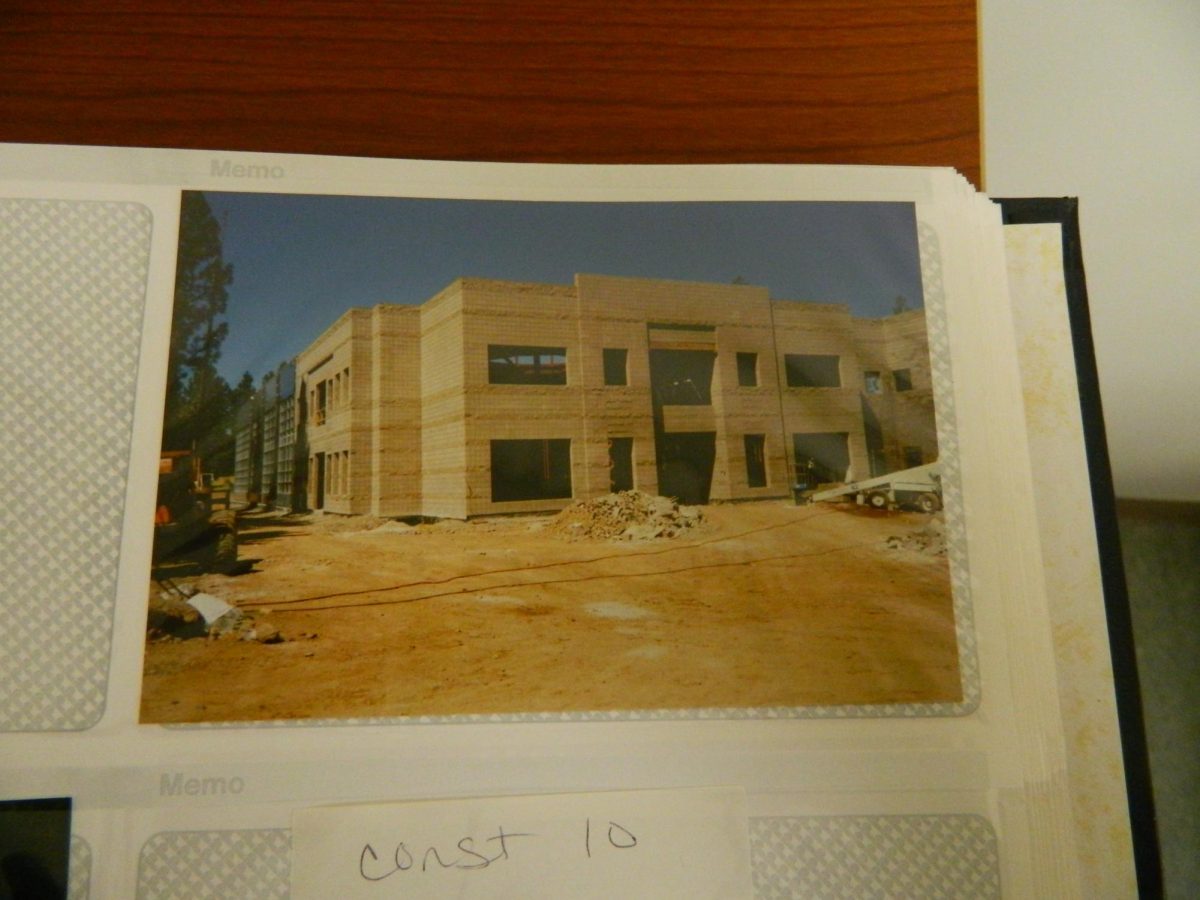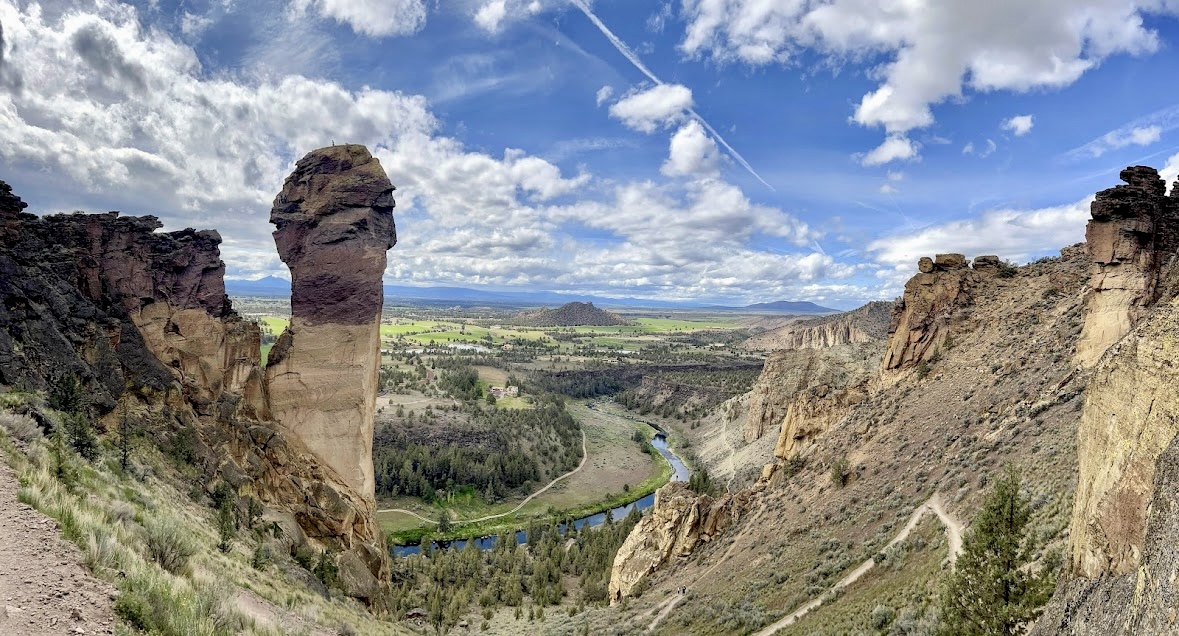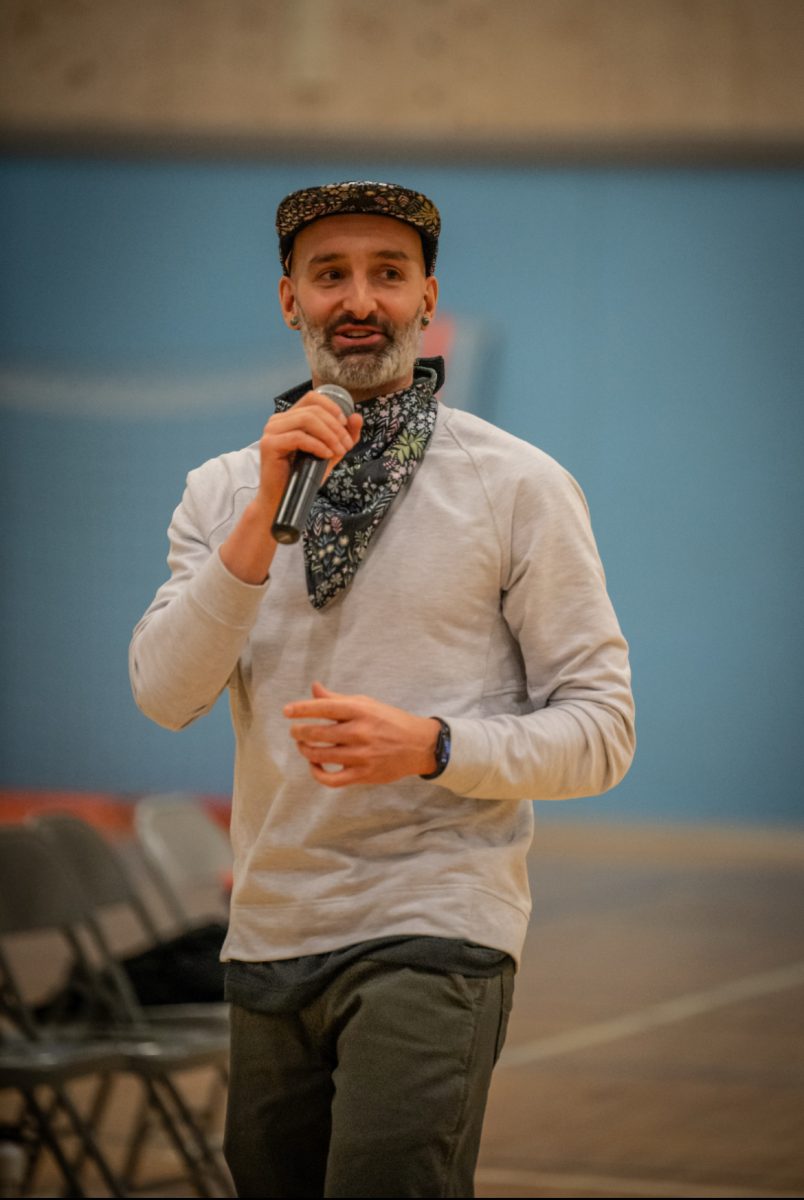At 11,249 feet Mt. Hood is the tallest mountain in Oregon and the 4th highest in the Cascade Range. Due to its proximity to Portland and ease of access, Mt Hood is one of the most climbed glaciated peaks in the world. On July 8, 2014 my younger brother Erik and I summited via the south side route, and descended on skis. Here is my account of our climb to “the top of Oregon.”
Erik and I arrived at the historic Timberline Lodge, which sits at 5,960, just before midnight. We meticulously checked our packs and gear for an all-night expedition up a vertical mile to the summit. There was urgency in our climb because we needed to summit before the morning sun melts and loosens the ice holding rocks near the summit. It was already late in the season and chance of rockfall was high.
We both used our Alpine Touring skis (with detachable heel) and skins to hike through Timberline Ski Area’s groomed runs. As we progressed, the lights from the lodge faded and the moonlight took over. The summit loomed over us, a dark hood, and the White River canyon dropped steeply to our right. After a couple breaks for food and water we reached the top of Palmer Lift, the only place in North America where people can ski year-round, and watched a blood-red moon set. We continued on with our AT gear, but the snow outside of the ski area was extremely slick, and we decided at that point to switch to our crampons and ice-axe, and put our skis on our climbing packs. Towards the summit we could see the headlamps of other climbing parties, specs of light the size of stars.
We made the decision to go right of crater rock after running into other climbers who said the left side route had exposed rock and scree. The ambient sunrise light had begun illuminate the horizon, and we entered what’s called “The Devils Kitchen” where you can smell sulfur and see steam vents. This really made the situation surreal.
It was fully light out when we reached the Hogsback, a steep ridge just below the summit. We took a long break assessed the rock fall risk, snow conditions, and our energy levels. We could see remnants of recent rock falls, but did not witness any yet. The snow was nearly solid, making a self-arrest with an ice axe difficult. But above us another climbing party was just reaching the summit. After much deliberation, we decided to go for it, and promised ourselves we would not spend much time at the top.
We took the Old Chute to the top, a safer route than the Pearly Gates, which had a bergschrund (a crevasse) waiting below for climbers to fall. The last 1000 feet were the steepest and we carefully plotted each step. We were so exhausted, it would have been easy to misstep and take a long fall. But after a long night of climbing we reached the summit ridge.The view north was expansive. The Washington Cascades were all in view across a sunlit Columbia River. Below was a steep slope to an immeasurable cliff down to The Eliott Glacier. Looking south we could see the Three Sisters and as far as Diamond Peak, allowing us the view of over 230 miles. We had truly reached “the top of Oregon.”
We spent but ten minutes there at our perch. Back down at the Hogsback we put our skis on and prepped for our decent. Our legs were shot from the climb, and the snow was still rock solid, which made coming down somewhat treacherous. But our years of skiing experience prepped us for these conditions. After a detour to see Illumination rock (a huge spire on the southwest side of the mountain) we made it back into the ski area and down to the car. We relaxed for a bit and gazed back at the summit, reveling in what we had just accomplished.
After 7 hours of climbing, on skis we made it down in 40 minutes.
Rhyan McLaury | The Broadside


